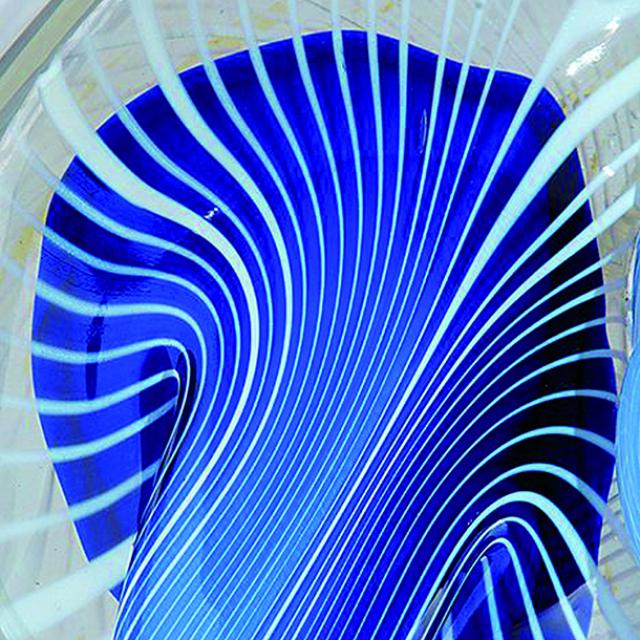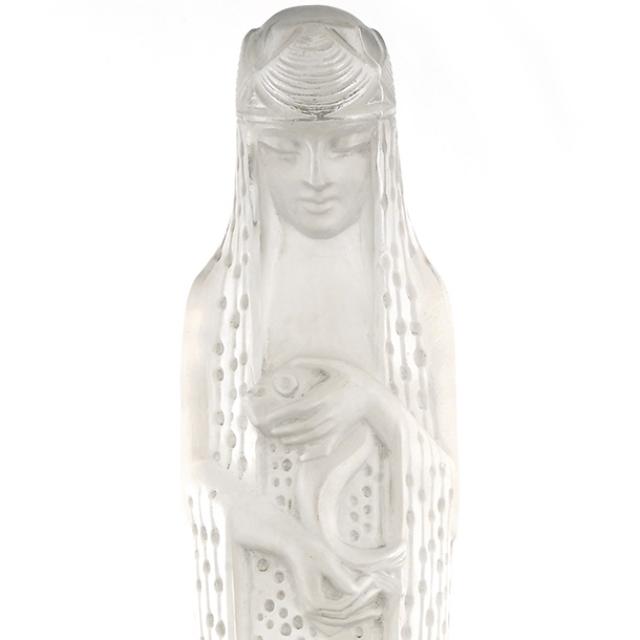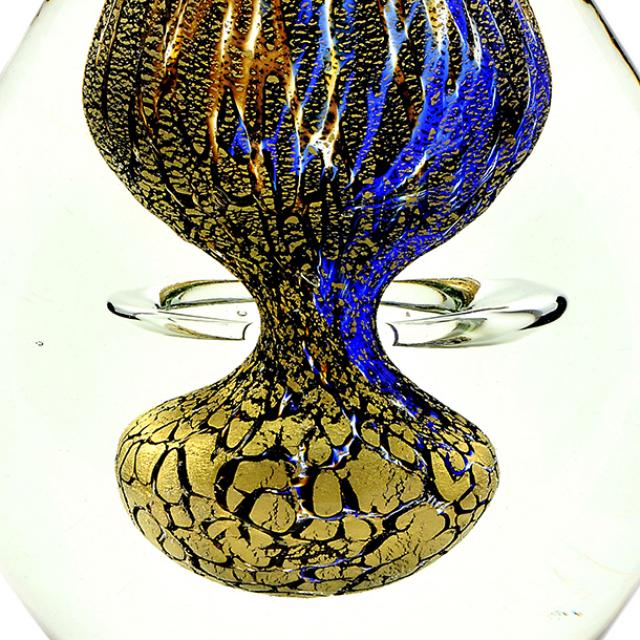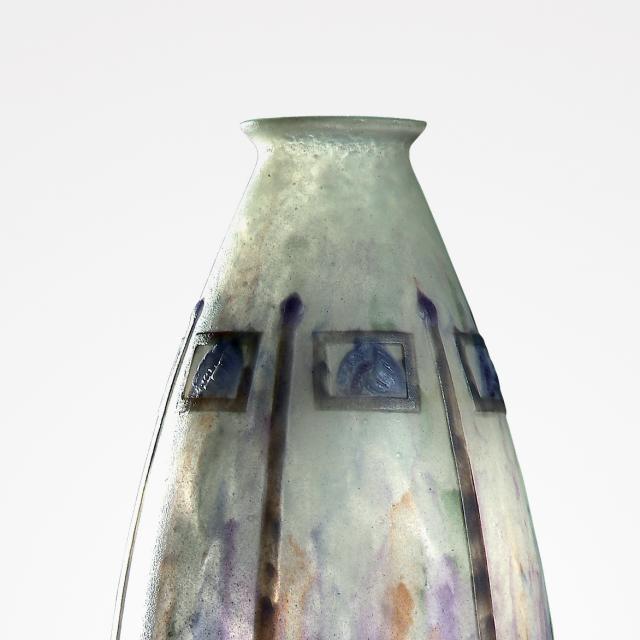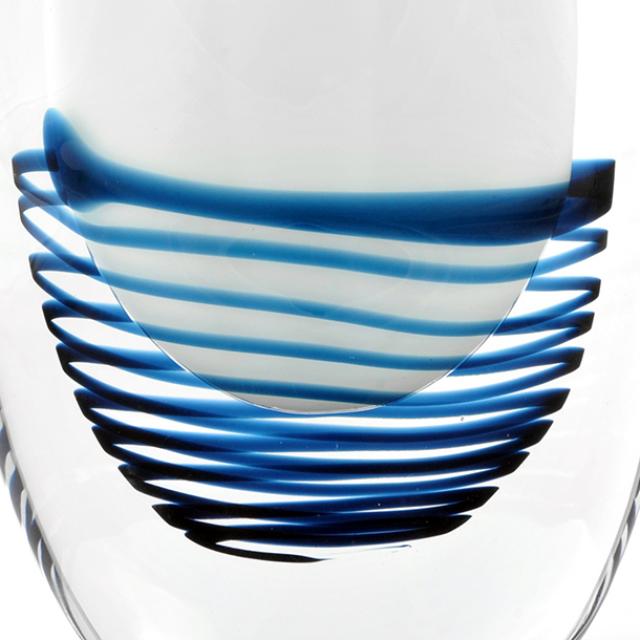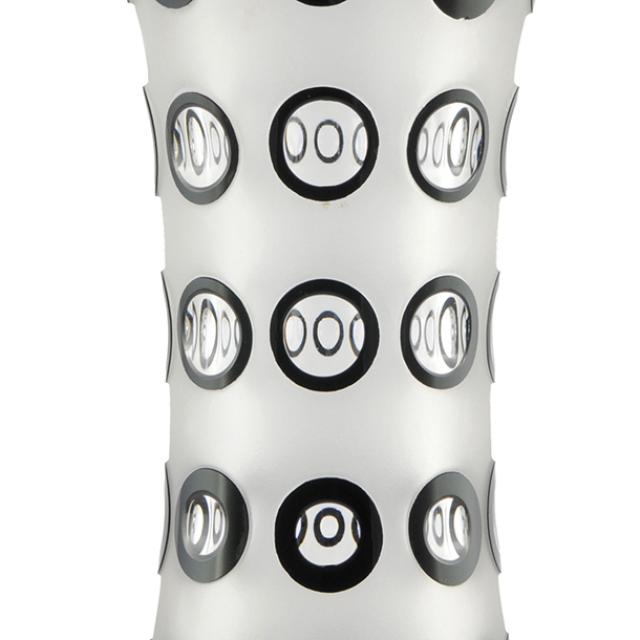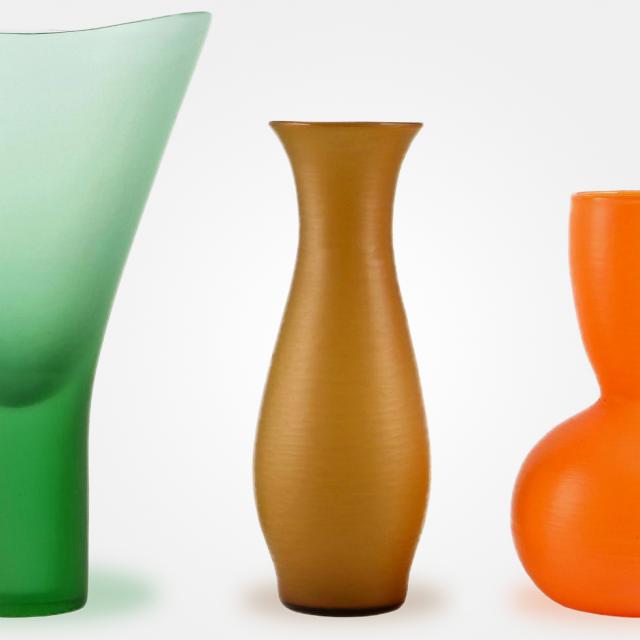Glass
The glass collection at the Grand Curtius museum
ATTENTION: Due to exceptional preventive measures, the permanent glass collection of the Grand Curtius is inaccessible from Monday, October 4, 2021 until further notice.
This exceptional collection contains about ten thousand pieces that trace the history of this magical material from ancient times to the present day.
The fortunate acquisition – by the City of Liège in 1952 – of the collection of Armand Baar (a Liège engineer who died in 1942) made it possible to considerably enrich the section devoted to glass, which is part of the museum of archaeology and decorative arts (Curtius Museum). This exceptional collection comprises around 1,860 objects, dating from ancient times to the end of the 18th century, and includes numerous masterpieces. The glass section became independent and, in 1959, the city of Liège named it the Glass Museum.
The various sections include ancient glass (Egyptian, Roman, Middle East), Islamic, Venetian and Venice-style glass (one of the richest sections in quality and quantity), glass from England and Bohemia, as well as glasses produced in Europe in the 17th and 18th centuries (Liège, the Netherlands, France, Germany, Spain).
Starting from the 1950s, there were many acquisitions focusing on the creation of a collection dedicated to the 19th and 20th centuries. The Belgian glassworks are well represented with the productions from the Vonêche glassworks, the glassworks of Chênée, Herbatte, Laeken, the central region (specifically Hainaut), etc. They also allow us to retrace of the glass-making period of the Val Saint-Lambert glassworks from their foundation in 1826 ,punctuated by several masterpieces, such as the monumental vase of the Nine Provinces (1894) and Art Nouveau pieces by Léon Ledru, the “Crépuscule" vase by Philippe Wolfers (1901), the “giant” vase by the Muller brothers (1906–1908), as well as the “Jericho trumpets” sculpture by the American Harvey K Littleton, founder of the "Studio Glass" movement.
The periods of Art Nouveau (Emile Gallé, the Daum brothers, the Legras glassworks, Karl Koepping, etc.), Art Deco (René Lalique, Charles Graffart, the glassworks of Scailmont, Boom, etc.) and the 1950s (Scandinavian, German, Austrian design) are the richest.
This is a fabulous course, marked by the achievements of illustrious creators, glass-makers or "designers". Shine, colours and original shapes attract both inexperienced and knowledgeable visitors' attention.
This sculpture, made in 1982 (like the famous "Medusa") is part of one of the most typical series of master glassmaker Louis Leloup, born in Seraing in 1929.
The Jericho trumpets
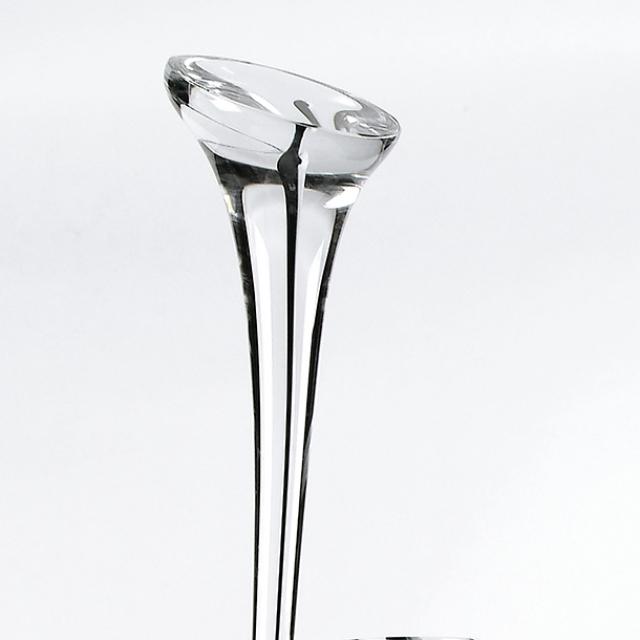
Spa water bottles
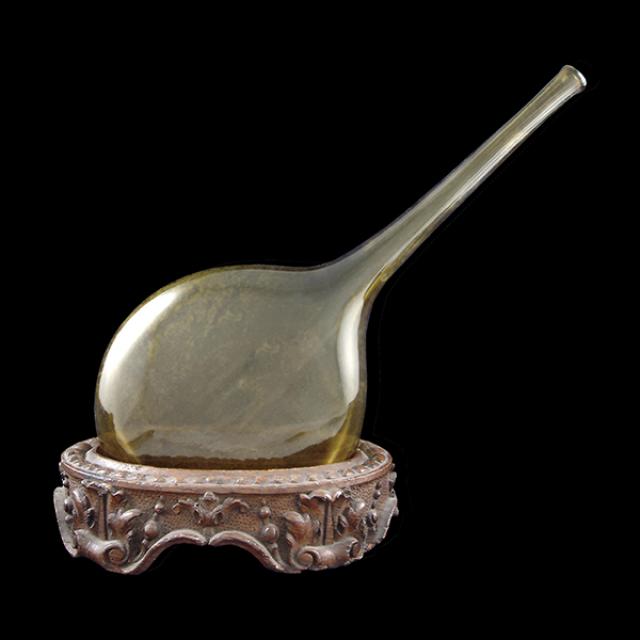
Half-face mosaic plaque or one of the first productions in a series
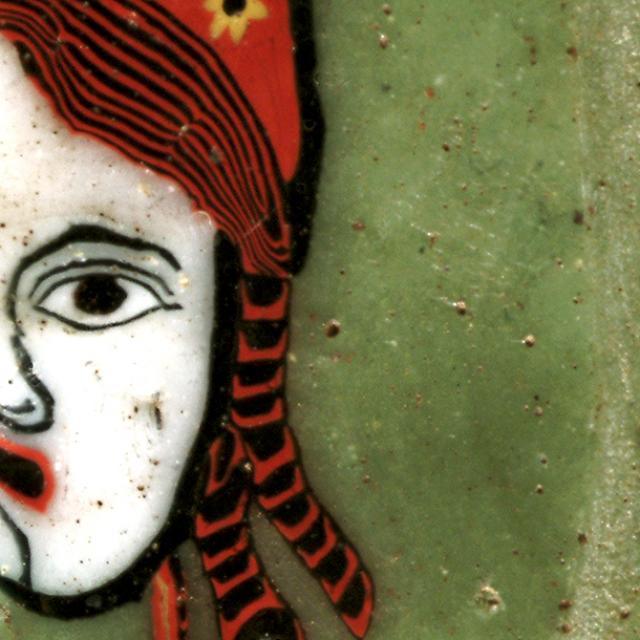
Goblet with animal engravings
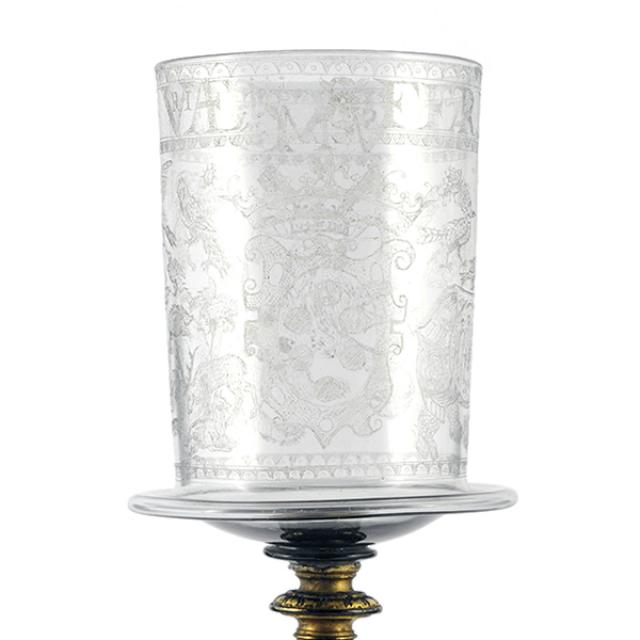
The unavoidable
A “Venice-style” masterpiece
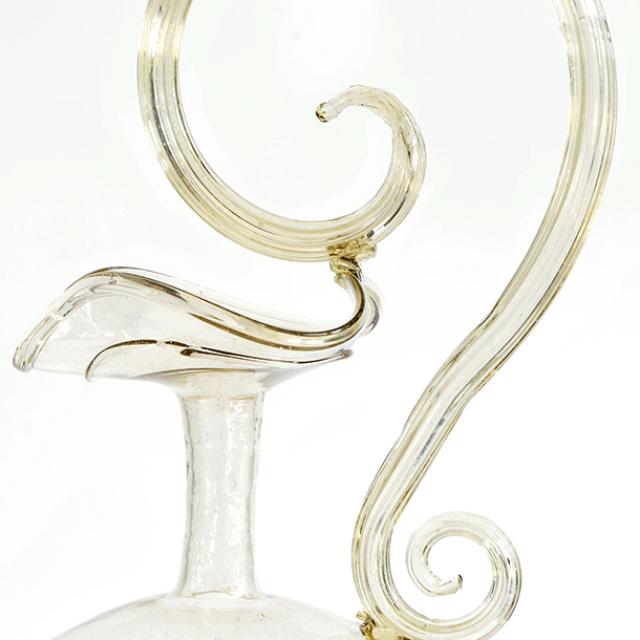
Maurice Marinot (1882–1960) and his new glasswork designs
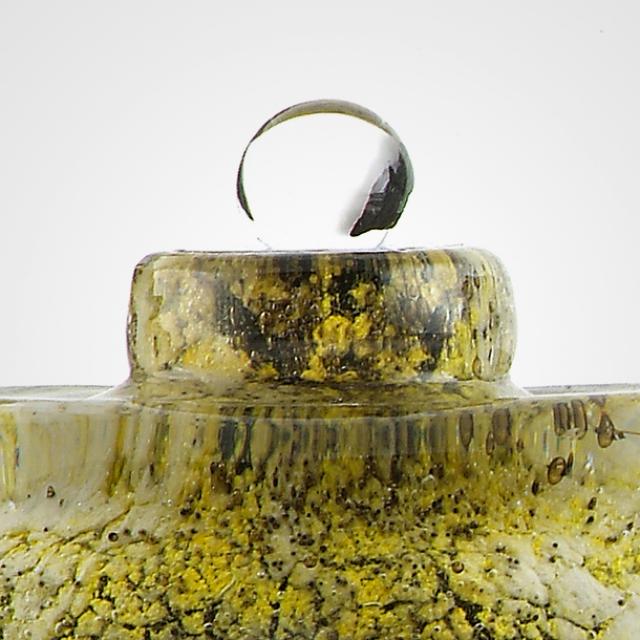
“The divine hand” by Salvador Dali
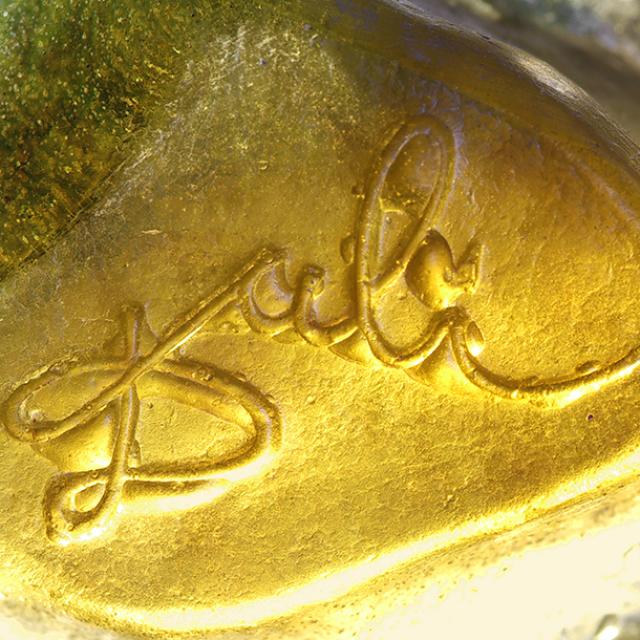
The Vase of the Nine Provinces
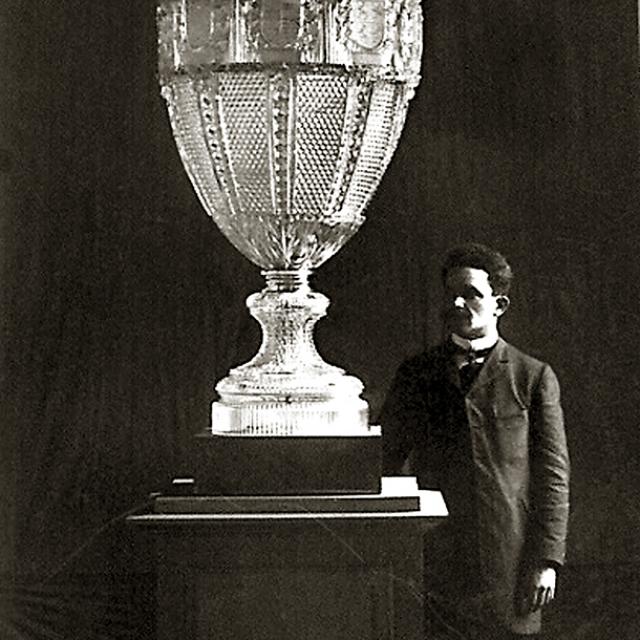
Neptune mask glasses
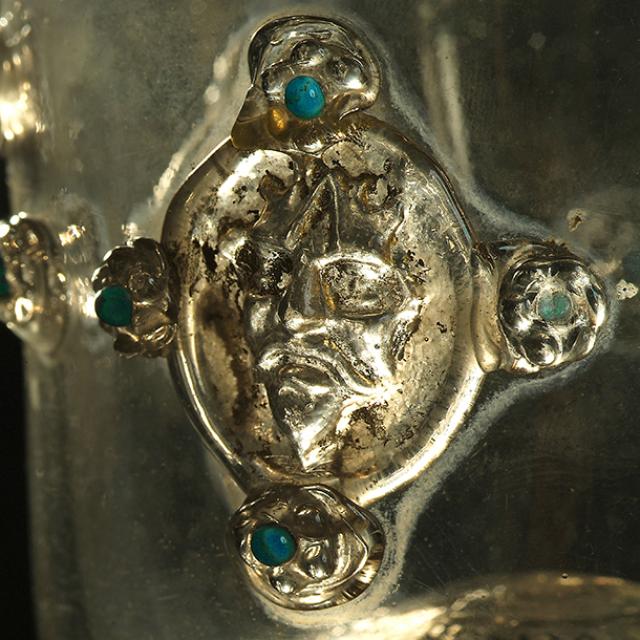
Extraordinary glass
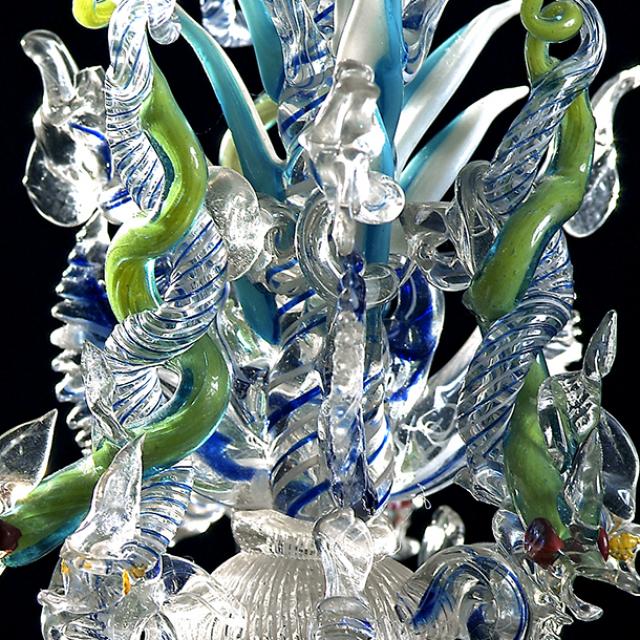
Venice-style snake glasses
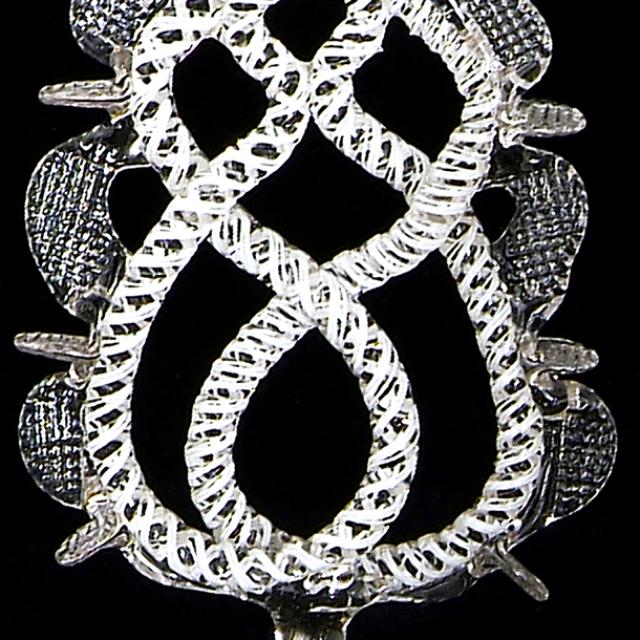
Curator's note
This lavish collection of glass and crystal is one of the most beautiful in the world. It is full of riches, because it covers every historical period, starting with ancient times, and every artistic style. It follows the route of this magical material since its discovery, which occurred in the Middle East, probably by accident. All of these pieces were produced in a variety of glassworks or workshops, located in a variety of countries, and, despite their varied influences, have retained a cultural identity.
We must also keep in mind that the production of all these artefacts has required a great amount of human effort, in order to obtain the desired material: blowing, shaping, decoration, finishing, etc. Men, women and even children have worked in difficult and very painful conditions – shortening their lifespans – particularly in the 19th and early 20th centuries, in large factories, until the birth of industrial mechanisation.
Glass fascinates us because of its shine, its transparency and the diversity of the shapes, decorations, colours, textures and techniques used. The idea of beauty is subjective; some artefacts are pleasing and others are rejected. Nevertheless, glass is a magical material that will always attract attention.
